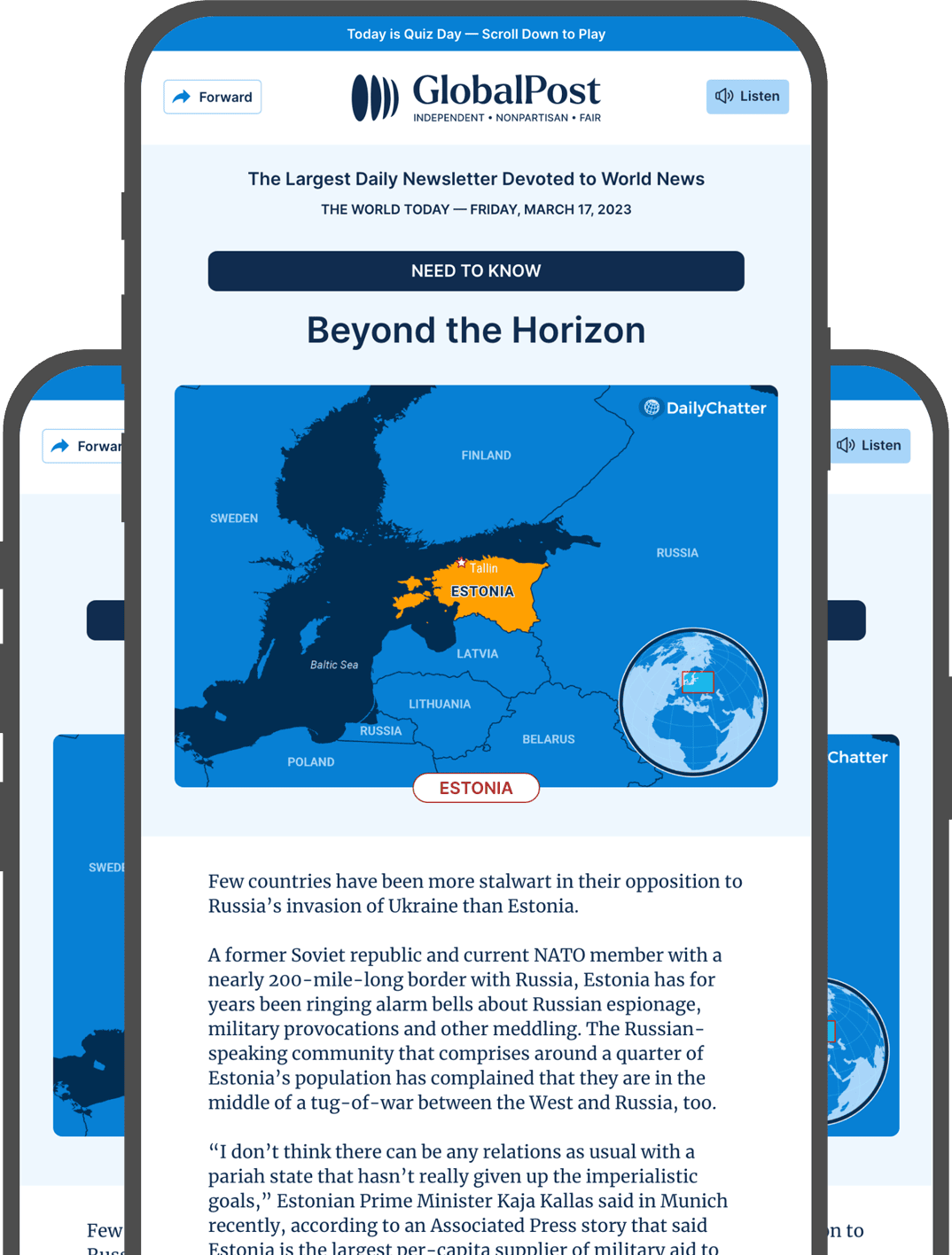Norse Code

The Vikings: Tall, blond, merciless warriors and irrepressible explorers, who for centuries roamed the Atlantic and the Mediterranean on their longships, and created settlements in remote outposts such as the Faroe Islands and Iceland and even in the Americas, hundreds of years before Columbus.
It’s been long assumed they hailed genetically from a single group of humans.
But a new study shows they are far more diverse than initially thought, according to Phys.Org.
New genetic research led by Christopher Tillquist, an associate professor at the University of Louisville in Kentucky, studied the distribution of Y-chromosome haplogroups on the Faroe Islands known to have been colonized by the Vikings around the year 900 CE, and compared them with haplogroups in Scandinavia today.
“Here we provide strong evidence that the Faroe Islands were colonized by a diverse group of male settlers from multiple Scandinavian populations,” said Tillquist.
Using novel analysis methods, the geneticists revealed that the haplotype distribution in the Faroe Islands most closely resembled those in Norway and Denmark, but differed from the distribution found in Iceland. The researchers then concluded that a band of Viking men from Scandinavia colonized the Faroe Islands, differing in genetic makeup and thus geographical origin from those who settled in Iceland.
The scientists analyzed the Y-chromosome genotypes of 139 men from the Faroese islands of Borðoy, Streymoy, and Suðuroy, focusing on 12 specific “short tandem repeat”, or STR markers. They then assigned each man to the most likely haplogroup, comparing these genotypes with those of 412 men from Norway, Sweden, Denmark, Iceland, and Ireland.
Advanced analyses showed that the range of Faroese samples resembled the range of genotypes from broader Scandinavia, whereas the Icelandic genotypes were distinct.
“Scientists have long assumed that the Faroe Islands and Iceland were both settled by similar Norse people,” said Tillquist. “Yet our novel analysis has shown that these islands were founded by men from different gene pools within Scandinavia.”
The study lead author also added that the researchers did not observe “any interbreeding afterward between these two populations, despite their geographic proximity,” indicating that “Viking expansion into the North Atlantic was more complex than previously thought.”

Subscribe today and GlobalPost will be in your inbox the next weekday morning
Join us today and pay only $46 for an annual subscription, or less than $4 a month for our unique insights into crucial developments on the world stage. It’s by far the best investment you can make to expand your knowledge of the world.
And you get a free two-week trial with no obligation to continue.
